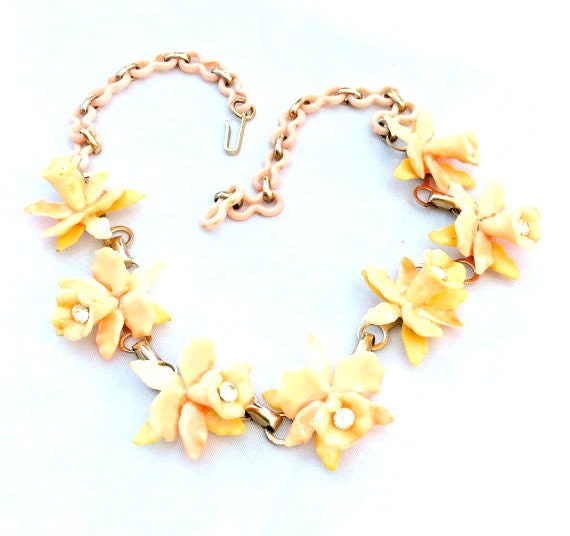The Georgian era of British history is a period which takes its name from,
and is the first four Hanoverian kings who were all named 'George': George I, George II, George III and George IV.
The era covers the period from 1714 to 1830 .The definition of the Georgian era
is often extended to include the short reign of William IV,
which ended with his death in 1837. The last Hanoverian monarch of the UK was
William's niece Queen Victoria who is the namesake of the following
historical era, the Victorian, which is usually defined as
occurring from the start of her reign, when William died, and continuing until
her death.The
term "Georgian" is typically used in the contexts of social history
and architecture.
photo on courtesy of:
https://www.etsy.com/il-en/shop/boylerpf?ref=listing-shop-header-item-count
The Victorian era of British history was
the period of Queen Victoria's
reign from 20 June 1837 until her death, on 22 January 1901. It was a long
period of peace, prosperity, refined sensibilities and national self-confidence
for Britain.[Some scholars date the beginning of the period
in terms of sensibilities and
political concerns to the passage of the Reform Act 1832.
The study
of Victorianism is often specifically directed at Victorian morality, which refers to highly moralistic,
straitlaced language and behaviour.
Culturally
there was a transition away from the rationalism of the Georgian period and toward romanticism and mysticism with regard to religion, social
values, and arts
Queen Victoria ,http://en.wikipedia.org/wiki/Victorian_era
photo on courtesy of ;
https://www.etsy.com/il-en/shop/FionaKennyAntiques?ref=listing-shop-header-item-count
photo on courtesy:
https://www.etsy.com/il-en/shop/Yourgreatfinds?ref=shopsection_shophome_leftnav
The Edwardian era in the United Kingdom is the
period covering the reign of King Edward VII, 1901 to
1910, and is sometimes
extended beyond Edward's death to include years leading up to World War I.
The
death of Queen Victoria in January 1901 and the succession of
her son Edward marked the end of the Victorian era. Edward was the leader of a
fashionable elite that set a style influenced by the art and fashions of
Continental Europe—perhaps because of the King's fondness for travel. The era
was marked by significant shifts in politics as sections of society, such as
common workers and women, became increasingly politicised.
photo on courtesy:
https://www.etsy.com/il-en/shop/BiminiCricket

.jpg)




.jpg)











